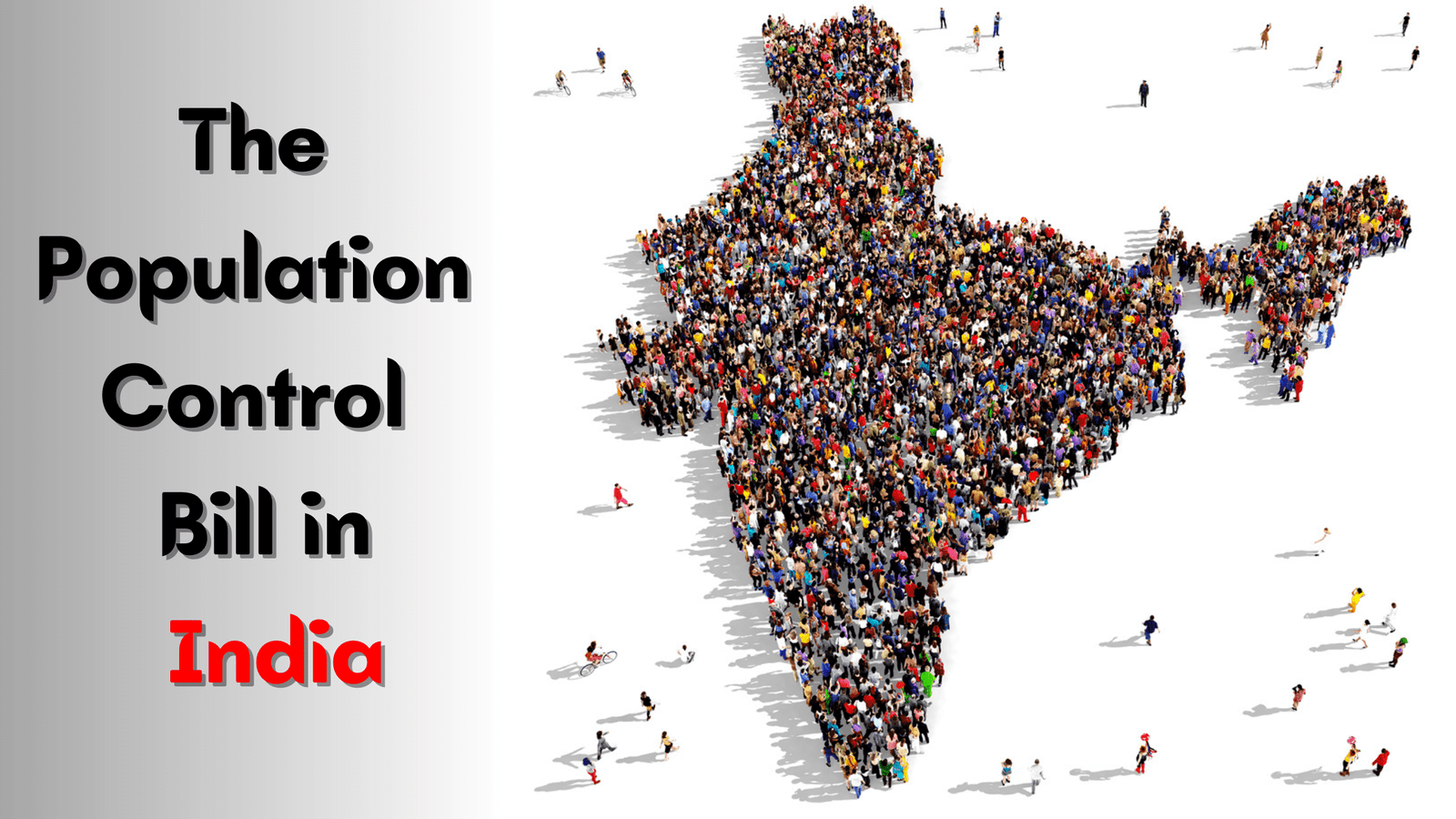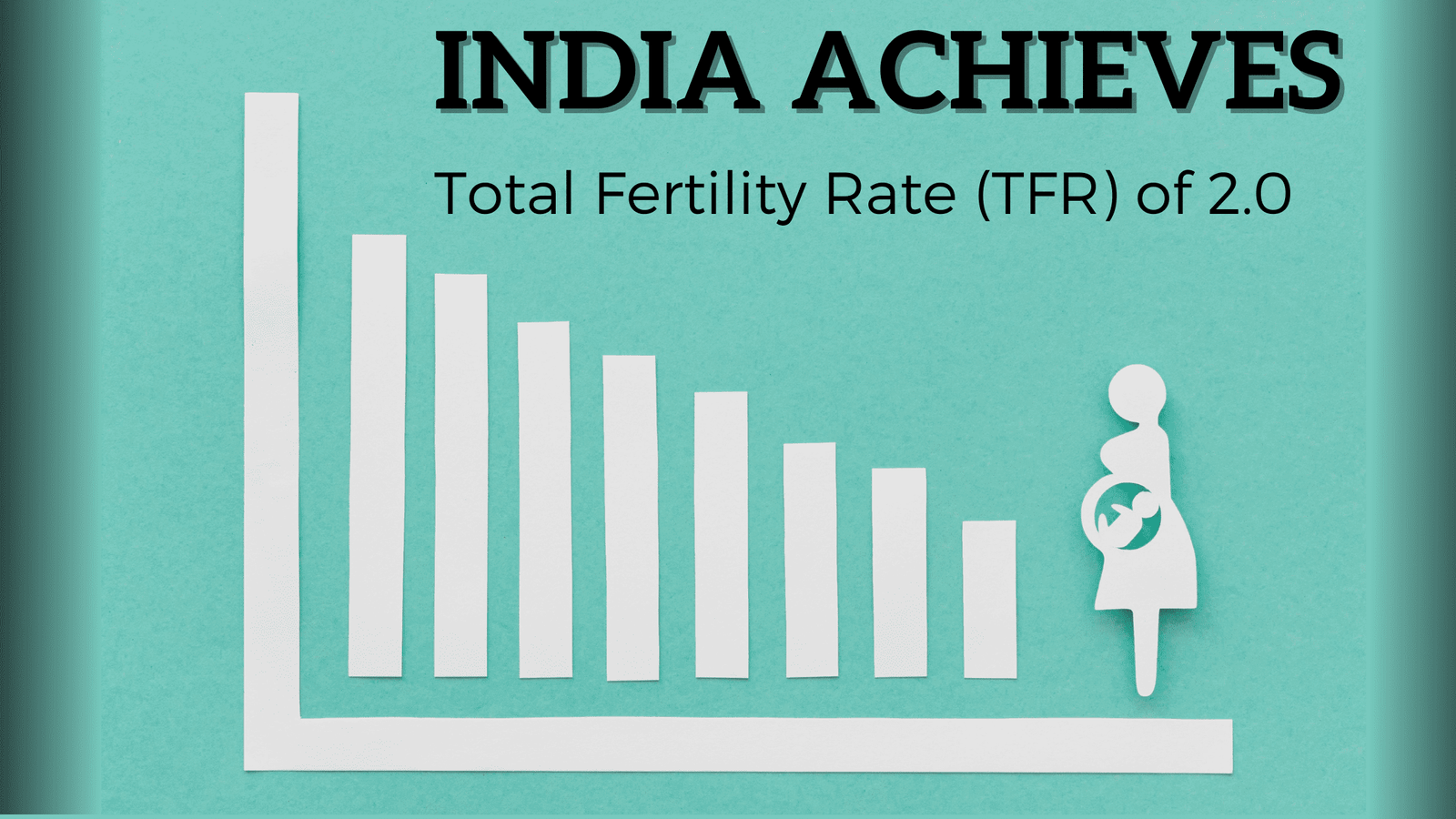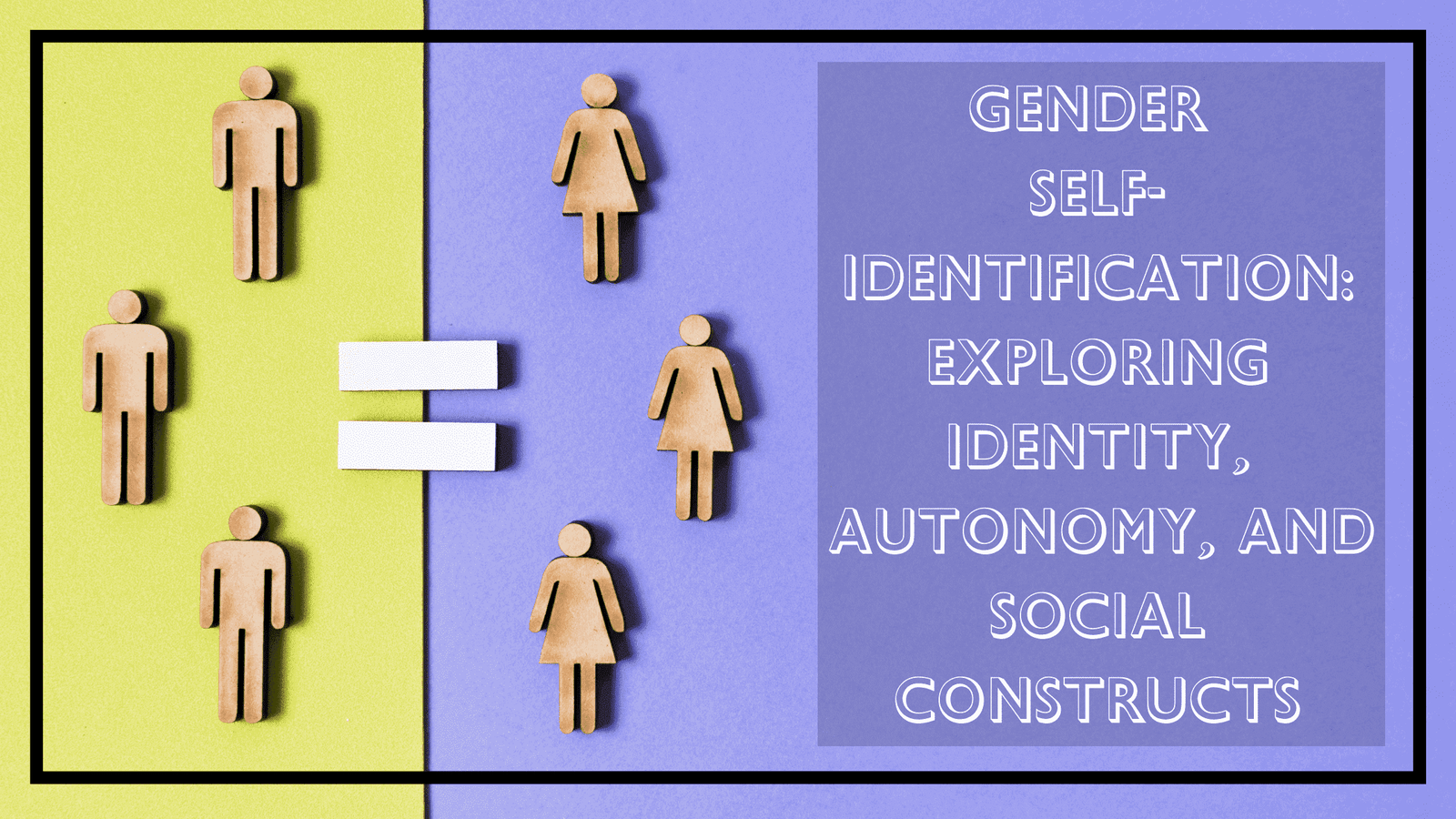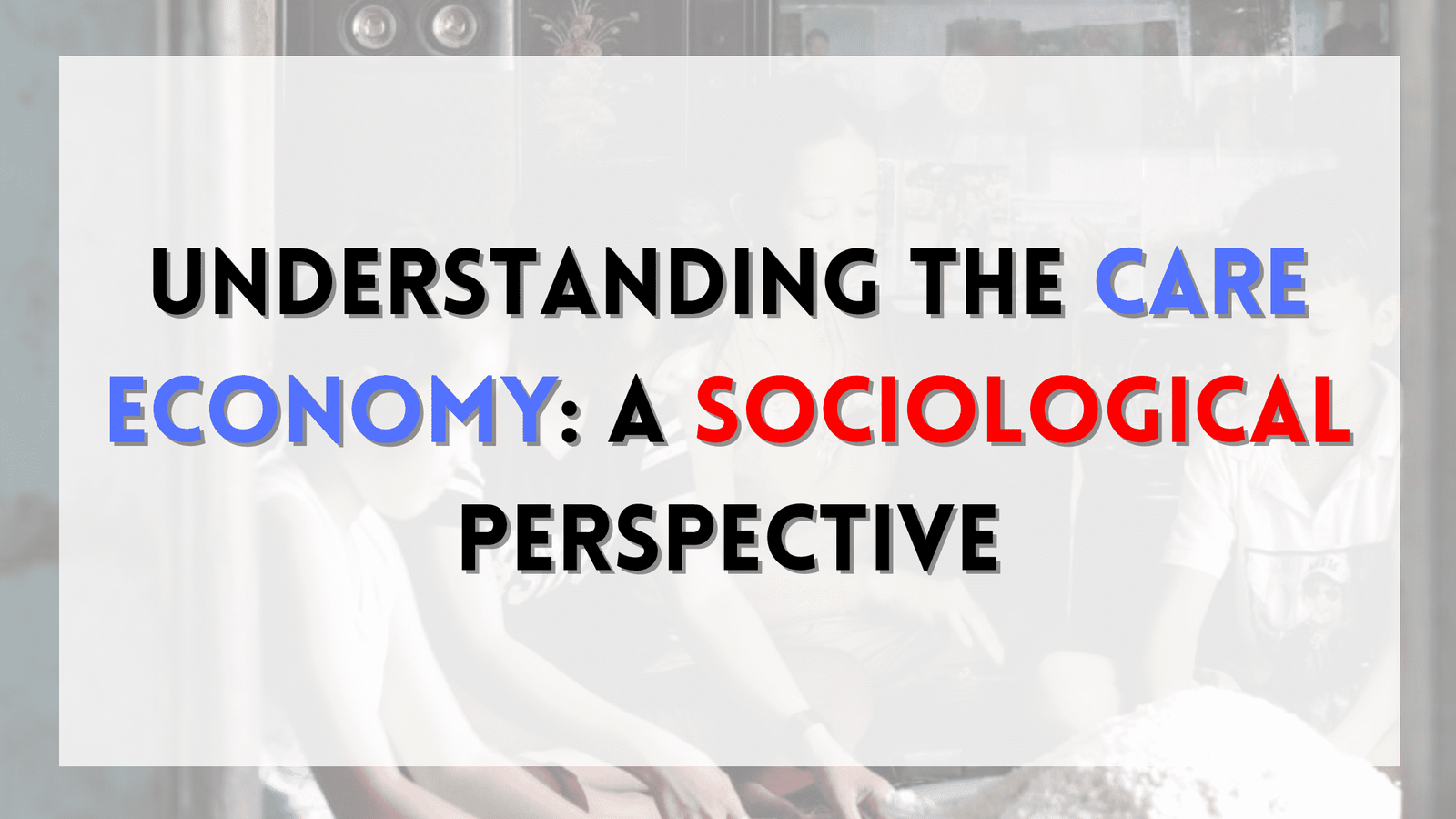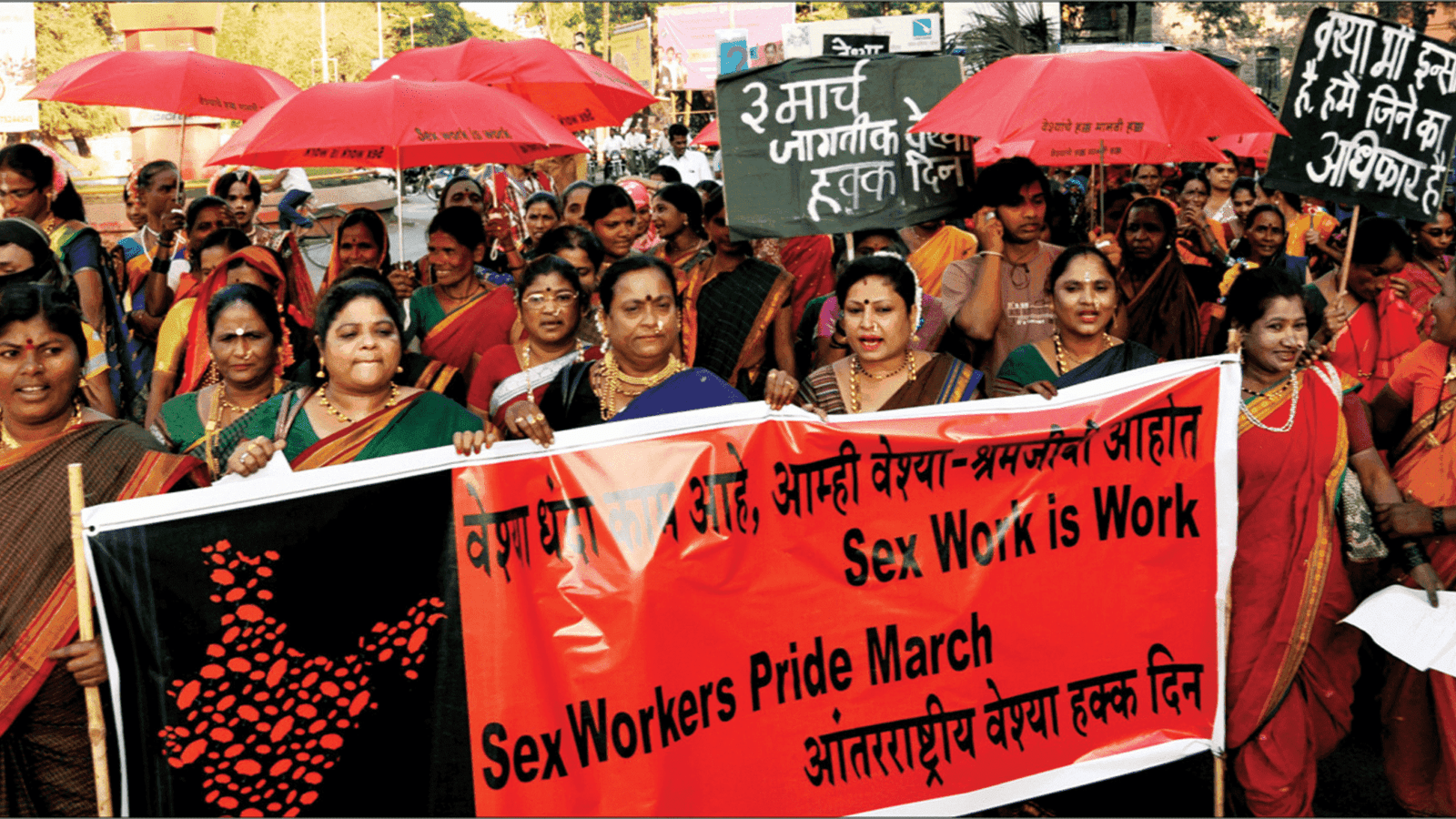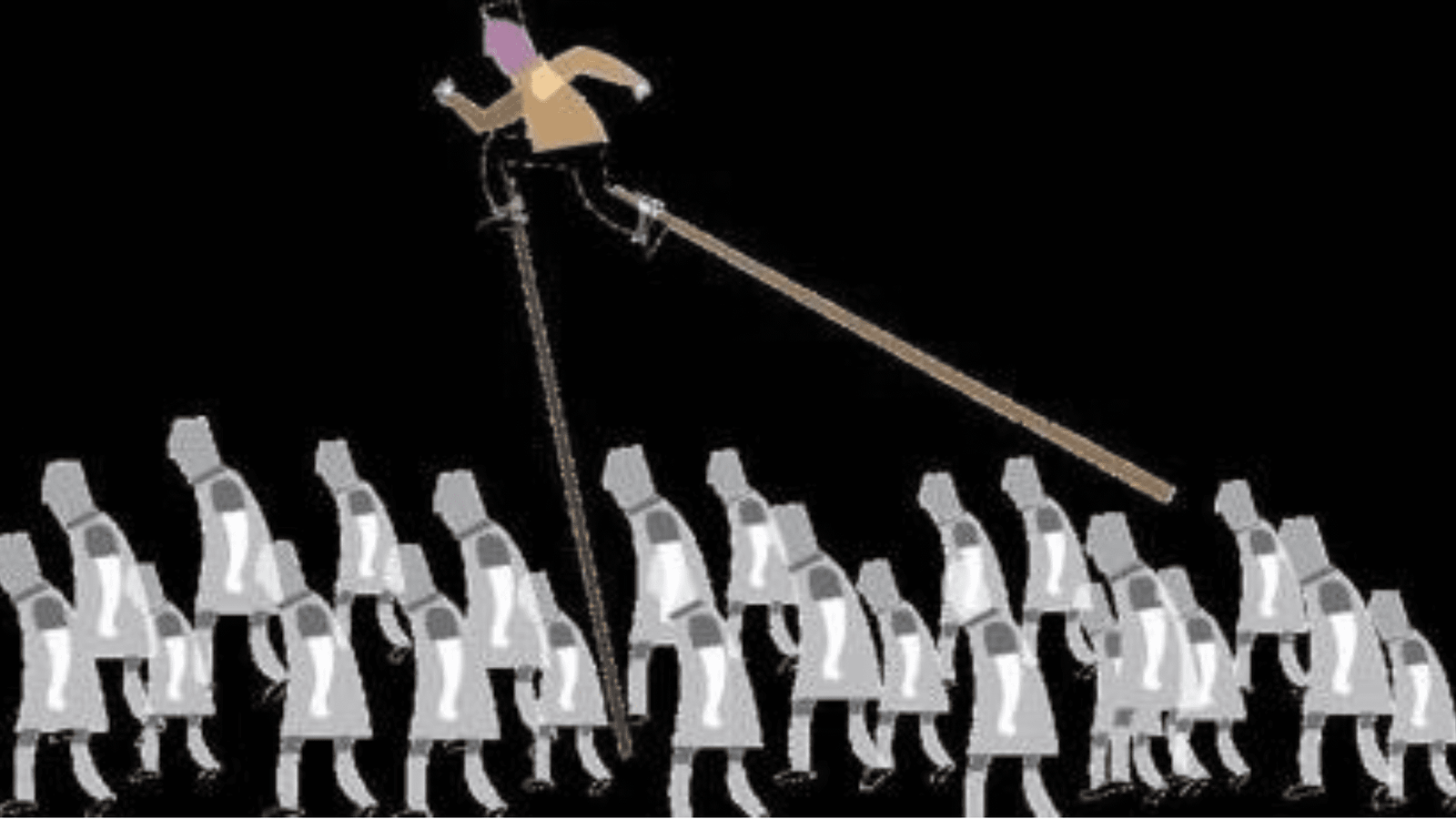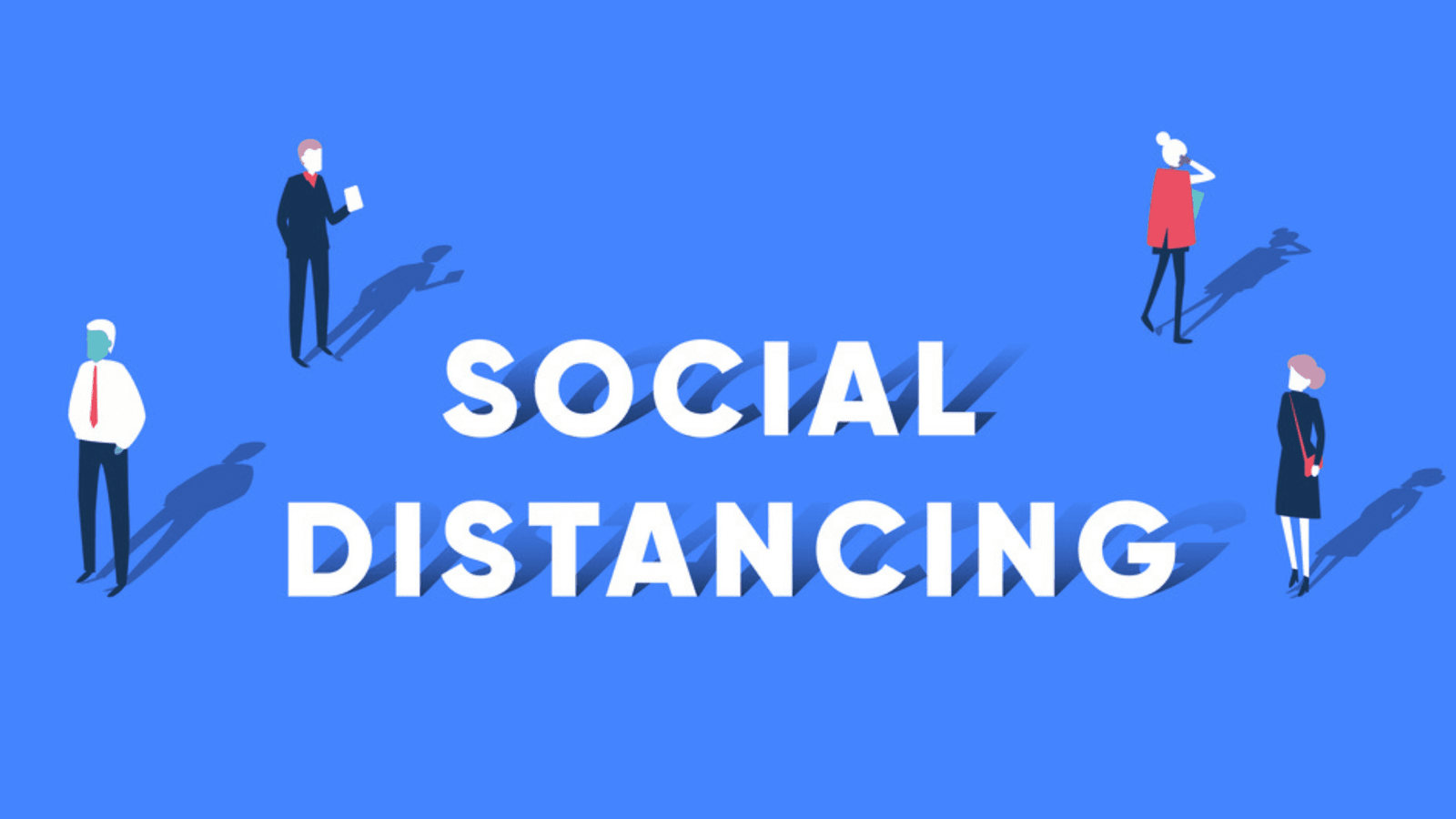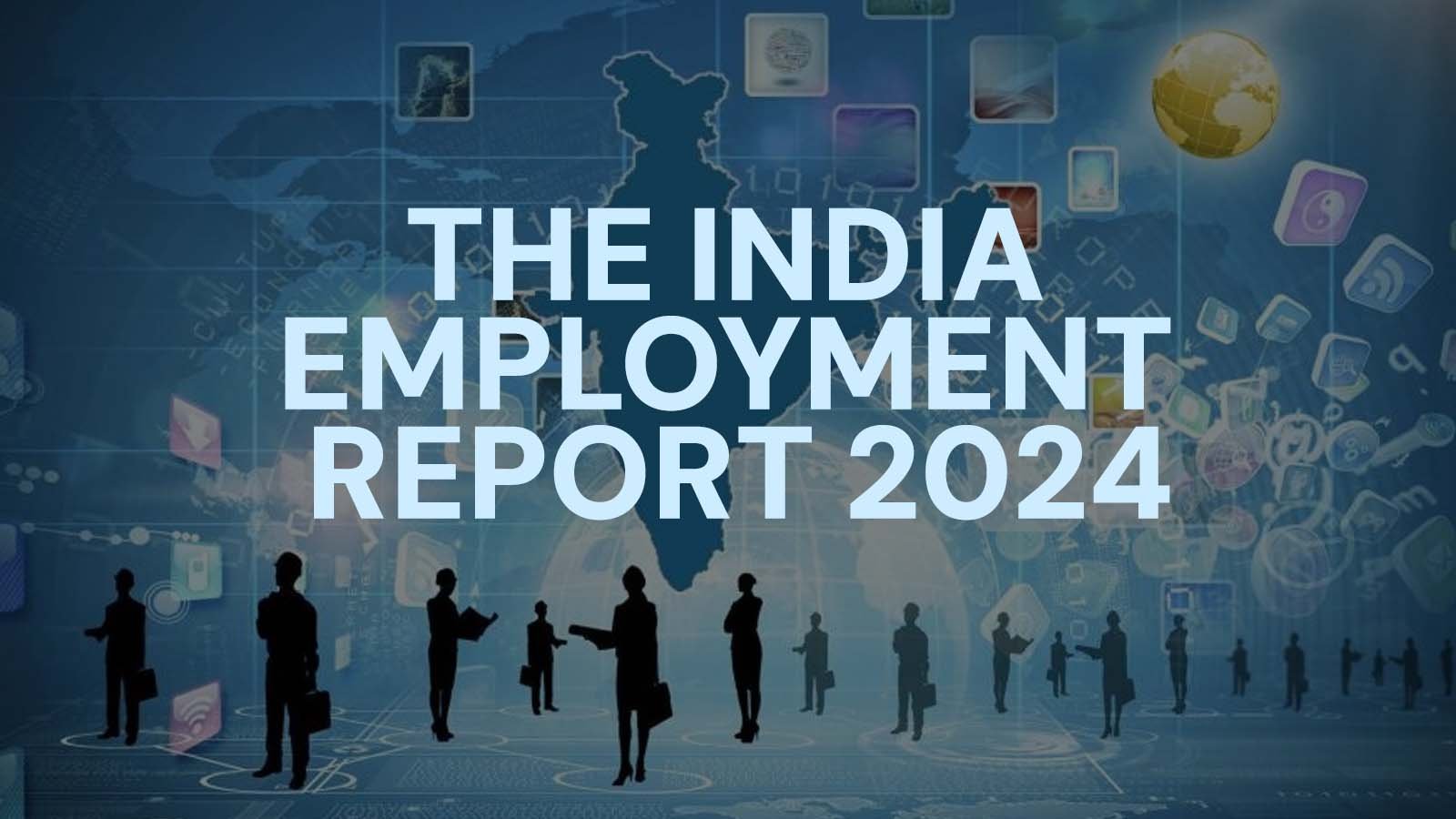
The Great Resignation, also known as the Big Quit and the Great Reshuffle, is an ongoing economic trend in which employees have voluntarily resigned from their jobs en masse, beginning in early 2021. Possible causes include wage stagnation amid rising cost of living, long-lasting job dissatisfaction, safety concerns of the COVID-19 pandemic, and the desire to work for companies with better remote-working policies. Some economists have described the Great Resignation as akin to a general strike.
The resignation rate in the United States plummeted in the initial stages of the COVID-19 pandemic, reaching a nadir in April 2020, but it quickly rebounded, reaching record numbers beginning in March 2021.
The term "Great Resignation" was coined by Anthony Klotz, a professor of management at University College London's School of Management, in May 2021, when he predicted a sustained mass exodus.
Between December 2000, when quit rates were first measured by the United States Department of Labor, and February 2021, roughly a year following the beginning of the pandemic, the US resignation rate never surpassed 2.4% of the total workforce per month. High quit rates indicate worker confidence in the ability to get higher paying jobs, which typically coincides with high economic stability, an abundance of people working, and low unemployment rates. Conversely, during periods of high unemployment, resignation rates tend to decrease as hire rates also decrease. For example, during the Great Recession, the U.S. quit rate decreased from 2.0% to 1.3% as the hire rate fell from 3.7% to 2.8%.
Resignation rates in the U.S. during the COVID-19 pandemic initially followed this pattern. In March and April 2020, a record 13.0 and 9.3 million workers (8.6% and 7.2%) were laid off, and the quit rate subsequently fell to a seven-year low of 1.6%. Much of the layoffs and resignations were driven by women, who disproportionately work in industries that were affected most by the lockdowns, like service industries and childcare.
As the pandemic continued, however, workers quit their jobs in large numbers despite continued labor shortages and initially high unemployment. Causes
The COVID-19 pandemic allowed workers to rethink their careers, work conditions, and long- term goals. As many workplaces attempted to bring their employees in-person, workers desired the freedom of remote work afforded them during the COVID-19 pandemic as well as schedule flexibility, which was the primary reason to look for a new job of the majority of those studied by Bankrate in August 2021. Additionally, many workers, particularly in younger cohorts, are seeking to gain a better work–life balance. Moreover, millions of people now have long COVID; this disability can alter the ability or desire to work.
Restaurants and hotels, industries that require in-person interactions, have been hit the hardest by waves of resignations. COVID-19 stimulus payments and rises in unemployment benefits allowed those who relied on low-wage jobs for survival to stay home, although places where unemployment benefits were rolled back did not see significant job creation as a result. On the other hand, many workers who are dissatisfied with their jobs report that they cannot resign due to economic barriers, many of these workers being people of color. SekouSiby, president and CEO of the US nonprofit Restaurant Opportunities Center United, commented, "There's more competition across industries, so workers are feeling more empowered than ever before, but that doesn't mean everyone is able to leave their current jobs."
According to a study conducted by Adobe, the exodus is being driven by Millennials and Generation Z, who are more likely to be dissatisfied with their work. More than half of Gen Z reported planning to seek a new job within the next year. Harvard Business Review found that the cohort between 30 and 45 years old had the greatest increase in resignation rates. Racial minority, low-wage, and frontline workers are also more dissatisfied with their work in the United States, according to the asset management firm Mercer.
An IMF working paper by Carlo Pizzinelli and Ippei Shibata focused on causes of the loss in employment within the US and UK labor markets in comparison to pre-COVID-19 levels. They identified job mismatch (that is, mismatch between the areas where people search for work and where the most vacancies are) as playing a "modest" role, being less significant than in the wake of the global financial crisis. The effect of the pandemic on women, sparking the so-called "She-cession", was deemed as accounting for some 16% of the total US employment shortfall but little to none of the shortfall in the UK. Meanwhile, the authors attribute 35% of the shortfall in both the UK and US to older workers (aged 55–74) withdrawing from the labor force. On the other side, Harvard Business Review reported that resignation rates actually fell for those aged 60–70 years old (in comparison to 2020 rates).
Some suggest that the tightness of the labor market is not due to workers resigning en masse or turning towards self-employment, but instead due to a shortage of migrant workers caused by travel restrictions during the pandemic and a general rise in anti-immigrant sentiment. Impacts
There is disagreement as to whether or not the Great Resignation will have a lasting effect. Although quit rates remain high, many workers in Western countries have been returning to the labor force in large numbers in late 2021 and early 2022.
India has witnessed large scale resignations across many sectors of the economy. The information technology sector in particular witnessed massive attrition, with over a million resignations in 2021.
United States In April 2021, as COVID-19 vaccination rates increased, evidence began emerging that the Great Resignation was beginning in the United States. That month, a record 4.0 million Americans quit their jobs. In June 2021, approximately 3.9 million American workers quit their jobs. Resignations are consistently the most prevalent in the South, where 2.9% of the workforce voluntarily left their jobs in June, followed by the Midwest (2.8%) and the West (2.6%). The Northeast is the most stable region, with 2.0% of workers quitting in June.
In October 2021, the U.S. Bureau of Labor Statistics reported that food service workers' quit rates rose to 6.8%, which is well above the industry average of 4.1% over the last 20 years and still higher than the industry's quit peaks of 5% in 2006 and 2019. The retail industry had the second highest quit rates at 4.7%. From the start of the pandemic to November 2021, approximately one in five healthcare workers quit their jobs.
According to Microsoft's 2021 Work Trend Index, more than 40% of the global workforce were considering quitting their job in 2021. According to a PricewaterhouseCoopers survey conducted in early August 2021, 65% of employees said they were looking for a new job and 88% of executives said their company was experiencing higher turnover than normal. A Deloitte study published in Fortune magazine in October 2021 found that among Fortune 1000 companies, 73% of CEOs anticipated the work shortage would disrupt their businesses over the next 12 months, 57% believed attracting talent is among their company's biggest challenges, and 35% already expanded benefits to bolster employee retention.
Wage growth has jumped; in December 2021, wage growth reached 4.5%, the highest since June 2001. Some employers in the fast food industry, like McDonalds, are providing more benefits, like college scholarships and healthcare benefits, to buy back workers.] Public sector jobs have had higher worker retention as compared to private sector jobs, largely due to stronger benefits like paid family leave.
Amidst the Great Resignation, a strike wave known as Striketober began, with over 100,000 American workers participating in or preparing for strike action.While discussing Striketober, some economists described the Great Resignation as workers participating in a general strike against poor working conditions and low wages.




























